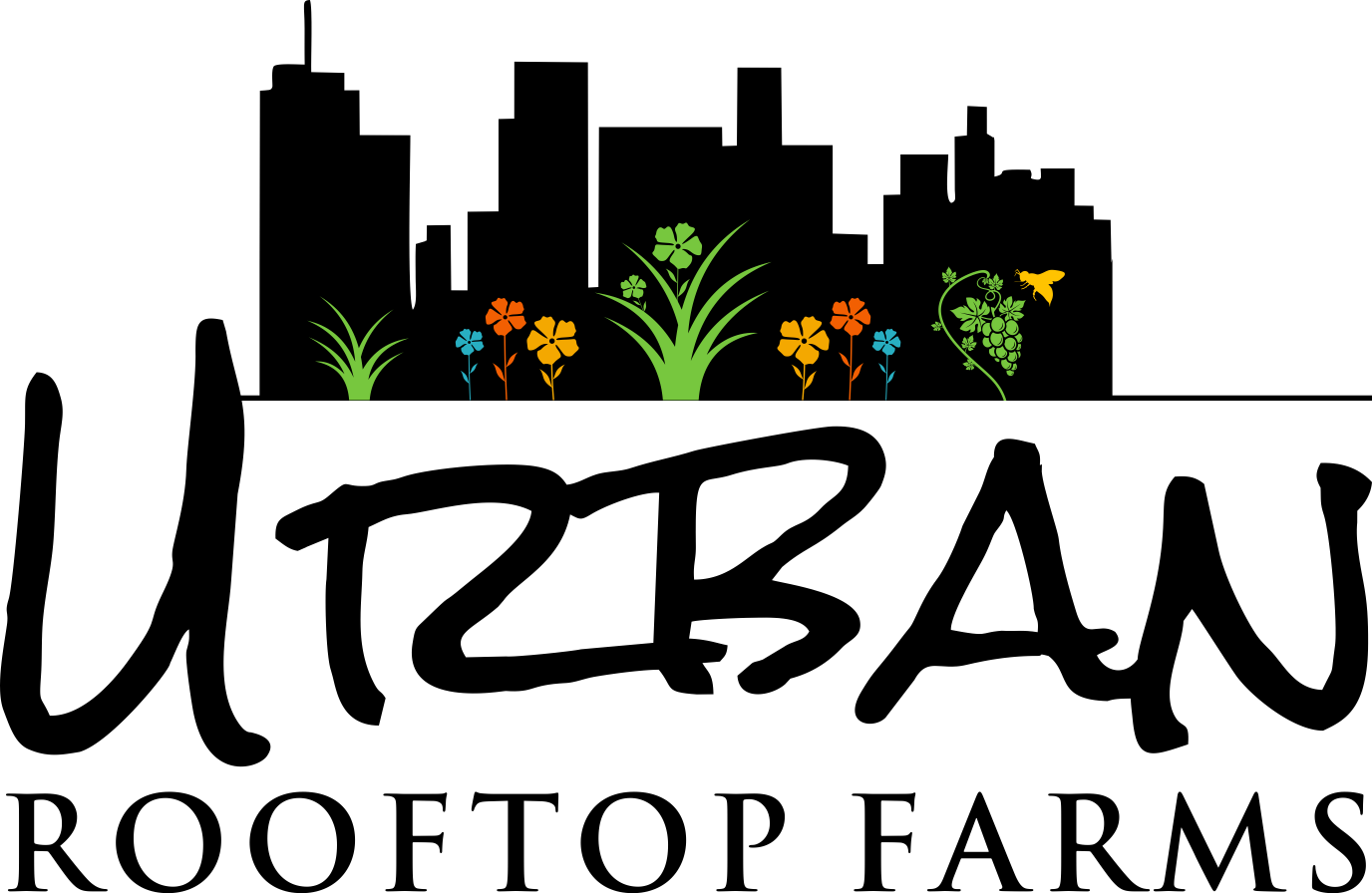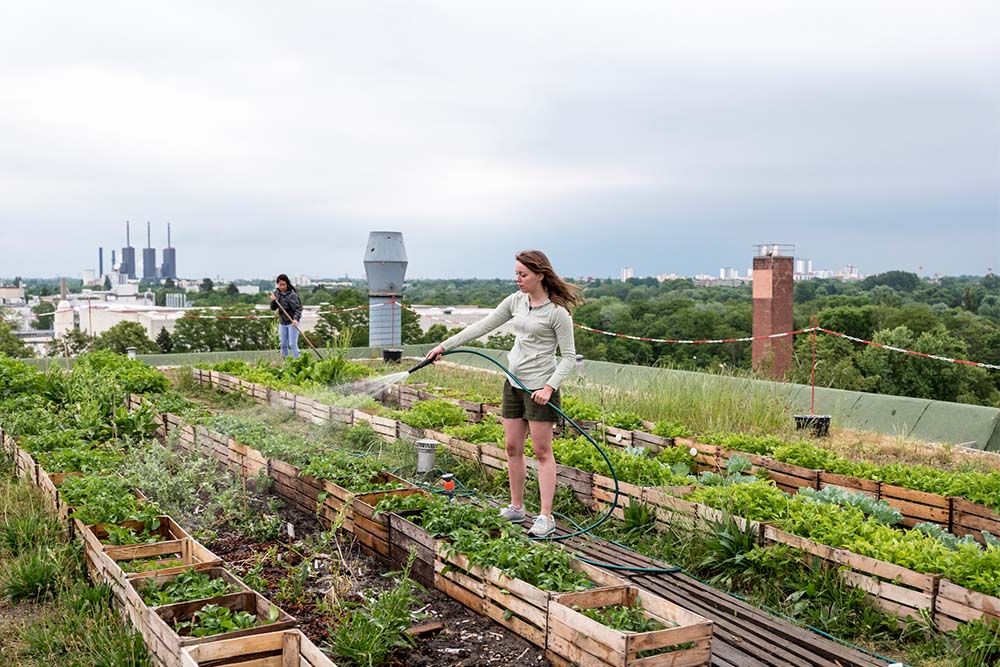We are living in one of the most unique times in human history – and while it may be hard to see any positives in this crazy situation, we do have the option to use it as a learning experience.
In short, we can use it to recognize our downfalls and improve upon them.
And something that has quickly become apparent is that fact that we Americans rely too heavily on other countries for food.
The Pandemic and our food supply

How’s this for some information.
In 2016, around 53% of all fruit eaten by Americans was obtained from overseas sources. This was in conjunction with approximately 30% of all the vegetables eaten, and around 10% of all the meat.
Incredibly, it is highly likely that these numbers have increased over the last four years – which means that most of the food we eat daily is sourced from overseas.
And, when considering the current situation, it turns out that this is not really a good thing.
While importing food from overseas does offer a way to keep food prices down in times of abundance, it means that our ability to supply food during times of crisis is impaired.
Like during the coronavirus pandemic, for example.
Rising food costs and supply chain issues
The COVID 19 crisis has made it increasingly difficult for overseas suppliers to export food into the country.
Firstly, international bans on travel have made it difficult to physically transport food onto American soil. Then, to make matters worse, some of the largest food production plants in the world have been forced to close to avoid spreading the virus among the population.
And the result? A serious blockage on food imports.
But wait, there’s more.
The decline in food availability has caused an increase in the cost of local produce, in conjunction with a lack of food availability. This, in turn, has led to the onset of panic buying across the nation, simply making the problem worse
Now, it is important to note that while we have seen a serious disruption in our food supply, the US has enough food in storage to get us through an entire year if required.
However, it has made us realize that the American food chain is not impervious to global problems, and that a long term solution is needed.
A solution like home gardens, for example.
Related Article: Stop Exporting Food to China, Bring It Back to the US
The Return of Home Gardens

Over the last couple of months, we have seen a rapid increase in the number of people undertaking gardening here in the USA.
From little veggie boxes to full blown rooftop gardens, there has been an explosion of green taking over the nation – and really, it makes sense.
First and foremost, most people have been in a perpetual state of lockdown. Isolated from their friends and families, they have been looking for simple ways to keep themselves entertained while the pandemic is at its peak.
And gardening has offered a solution.
Designing and building a home garden takes time, effort, and creative thinking.
It is a way to learn new skills, and then apply those skills in a real-world setting. Most importantly, seeing something you have created rise from the ground and bloom is a truly rewarding experience – one that I feel is quite cathartic.
But the benefits don’t stop there.
The importance of growing your own food
By making the decision to grow your own food and try your hand at rooftop farming (or any other type of farming, for that matter) you are reducing your reliance on the exported food products of other countries.
You are also providing an immediate way to offset rising food costs, which is seriously important in this economic downturn.
Finally, as a bonus, by growing your own produce, you will know exactly what type of herbicides and pesticides are used in your farming practice. This means that you can be sure you are getting the best quality food you possibly can – which is going to have obvious implications on your health.
It is funny to think that growing your own food might be the way of the future…
The importance of buying local produce
Now, it is important to note that even if you don’t have the capacity to grow your own food, you can still ease the reliance on overseas imports by choosing to buy local.
Purchasing local produce means that you are injecting money straight into the American economy. This ultimately results in an increase in operating size for local farmers, which has the capacity to improve food production and may even lead to job growth.
Even more important is the fact that it makes local produce cheaper.
Over time, this leads to reduced food costs and an increased reliance on local farmers – all of which reinforces the entire cycle.
The key here is that by simply choosing to buy local produce, you can have a huge impact on the state of the food industry across the USA – which, as I am about to point out, is incredibly important.
Related Article: The Three B’s of Farming: Bees, Butterflies, and Beetles
Building Resiliency Through Food
When you choose to grow your own food, you ease your reliance on external food sources. You become a primary player in your own food supply chain, while taking control of your health in process.
As an individual and as a family, you become more resilient.
Changes that occur on a national level have less impact on you personally, because you have easy access to food from your own garden. This means more food safety, and often, more money in your pocket.
Similarly, when you choose to buy local food, you help ease our reliance on other countries for survival. You instill a widespread need for locally grown plant and animal products that positively impacts the American agricultural system.
Over time this creates resilience on a national level in which the US population becomes less susceptible to the negatives associated with things like pandemics and war.
It might be hard to believe, but by choosing to buy local or starting an at home garden, you could improve the resiliency of the nation – which is truly amazing if you think about it.
How to get started growing your own food
With all this in mind, I wanted to finish off this article with some practical tips on how you can get started building some food resiliency – and to kick us off, here are my best tips on growing your own food:
- Prepare your space: before you do anything, you want to make sure that you have a nice space prepared to get started, This might mean investing in some planter boxes for your rooftop garden, or doing some serious landscaping – but whatever it is, make sure it is done first.
- Invest in the tools: once your space is set, you want to make sure you have all the necessary tools to put some plants in. This most often means investing in some gloves, a shovel, a hoe, a hose, and a small pair of shears.
- Research your plants: Ok, so by now you should have an idea of how much room you need to fill. Next is to do a bit of research and found out what plants grow well in your area, and during what seasons – then go out and buy them.
- Get caring: last but not least, you want to make sure that you get your plant care schedule sorted. This means finding time to water them, fertilize them, and prune them when needed. While all of this can become a little overwhelming if you have never done it before, setting up a regular schedule will make it habit.
Related Article: How to Monitor Nutrients in Plant Containers
How to shop local

Now, what about shopping local food?
Well don’t worry, we have got you sorted:
- Avoid large supermarket chains: while you may be able to find some local produce at your local supermarket, you cannot guarantee that the produce was grown here in America. In fact, typically those ‘American grown’ products were grown overseas and simply packaged in America.
- Go to market: one of the best places to get locally grown fruits and vegetables is your local farmers market. Dropping in once per week is the perfect way to get your organic fruit and veggie fix, while also having a nice day out.
- Explore food subscriptions: there are several great subscription services that allow you to order local meat online (butcher box is one that comes to mind). These services offer a great way to support local farmers. Moreover, because they cut out the middleman, you often get them at a good price.
- Enter your independent supermarket: now this last tip is kind of a last resort. Independent supermarkets are much like your larger supermarket chains, however they do typically stock more locally grown produce – the key is to read the label carefully and make sure it explicitly states, ‘grown and packaged in America’.
If you stick to these rules, then you can be confident you are doing all you can to support local.
Take Home Message
Given the current state of the world, local resilience in the food supply chain has never been more important – nor has your role in ensuring that resilience.
By growing your own food and choosing to buy local, you can help reduce our reliance on overseas food imports and boost food security. Moreover, by increasing your intake of organic locally grown produce, you can improve your health in the process – so why not get started?



Add Comment